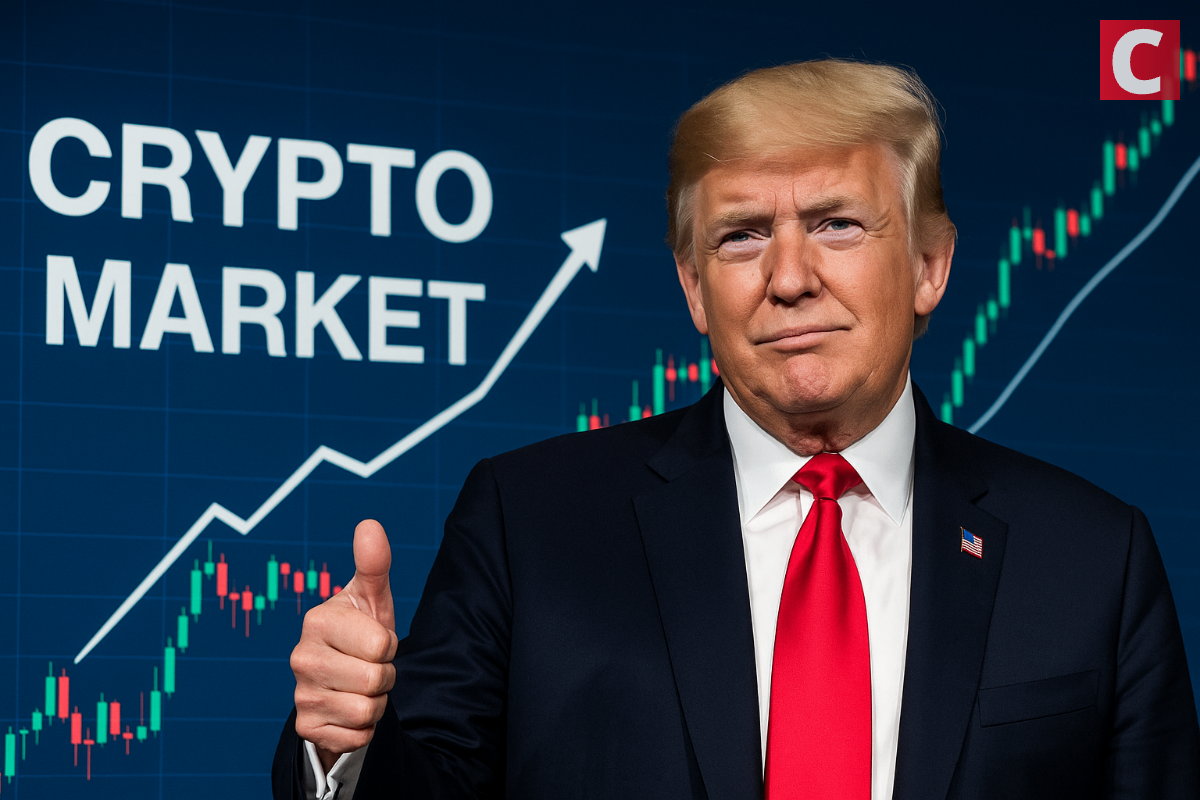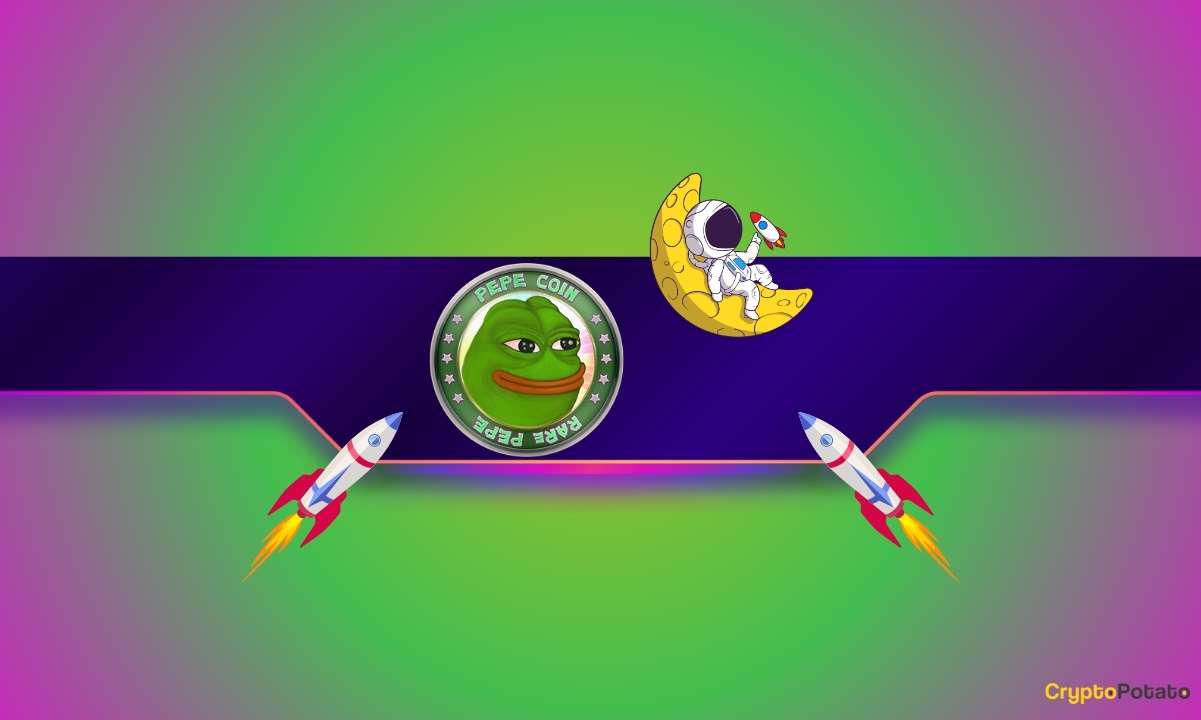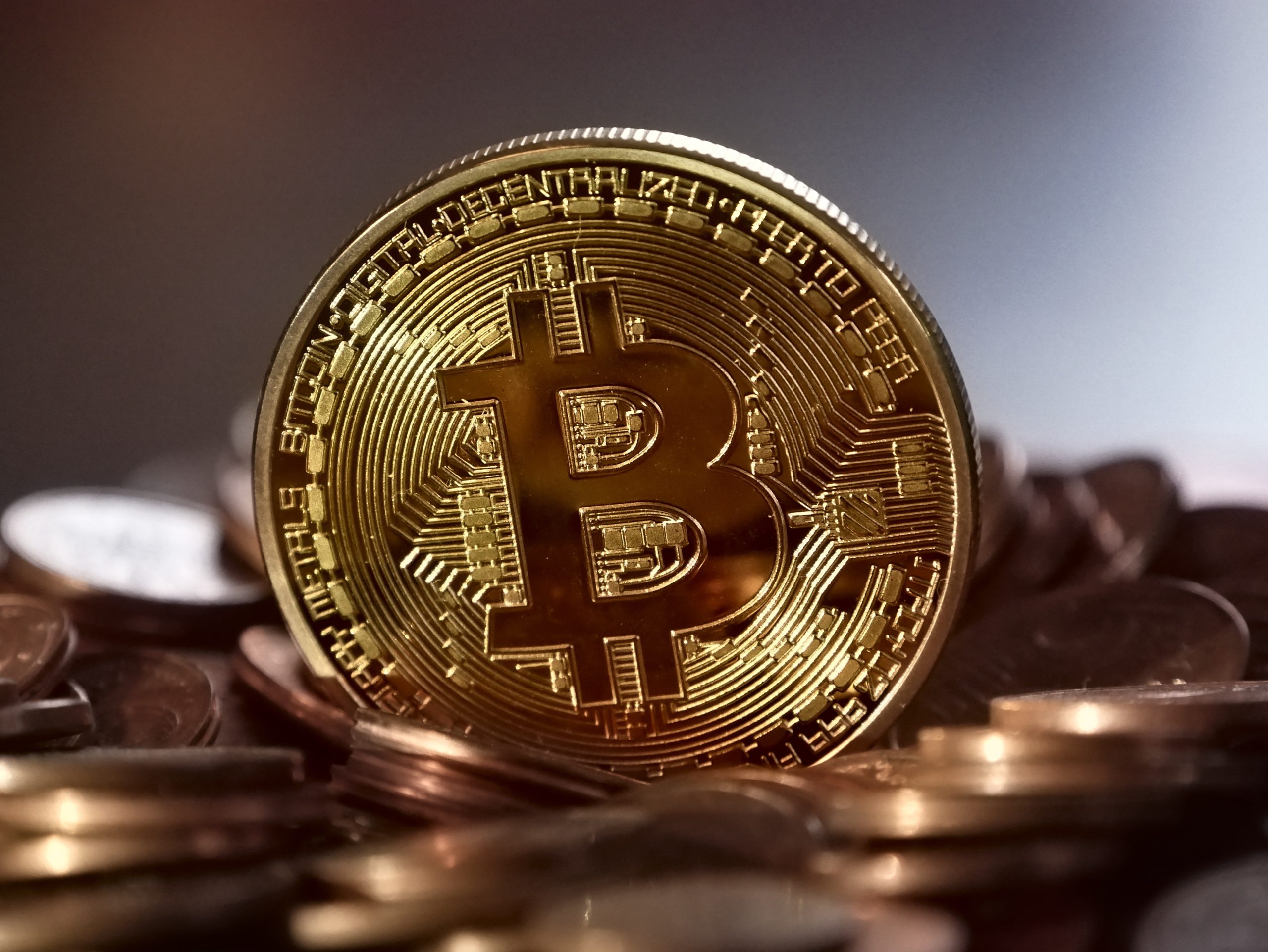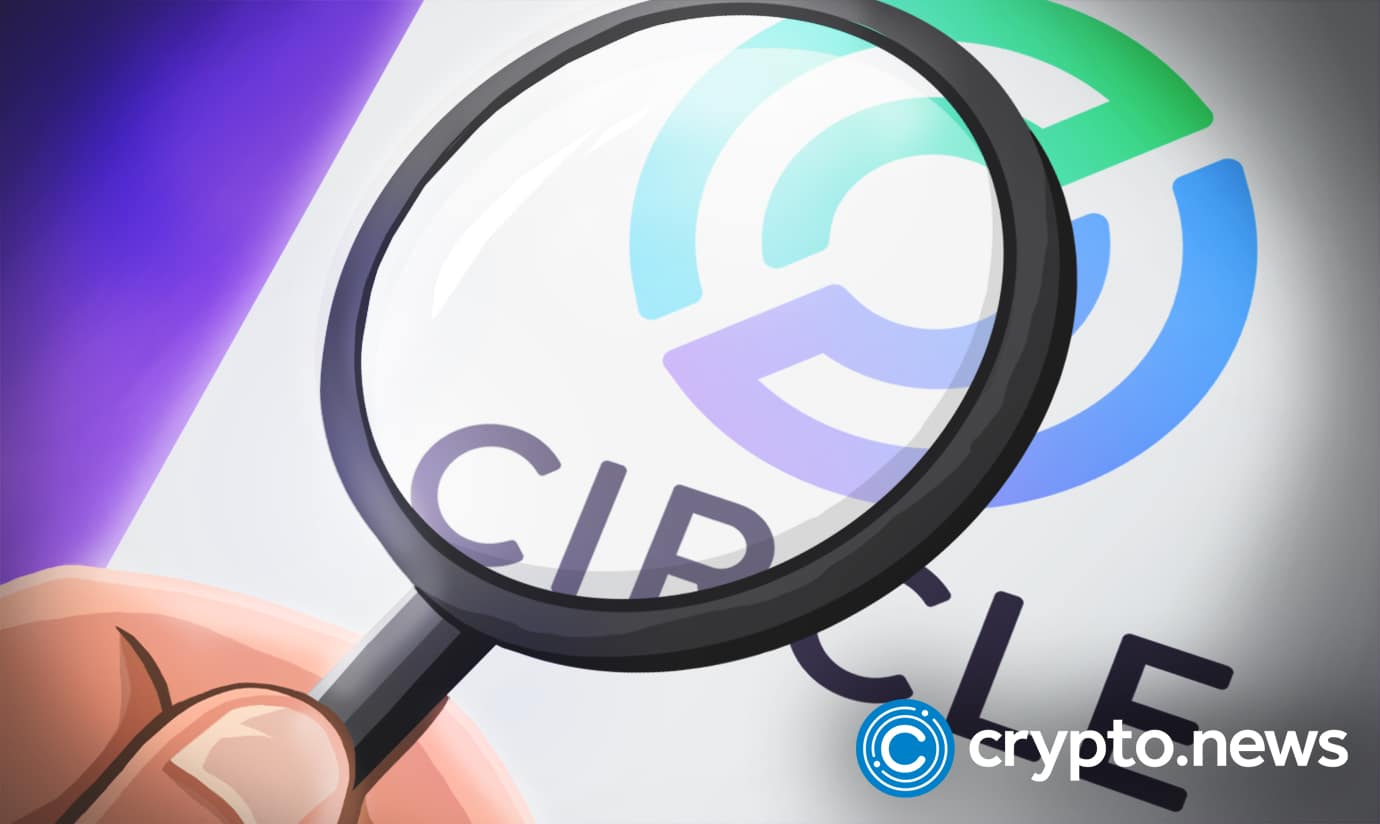As trade friction revives the oldest question in money—what to trust when trust frays—Ray Dalio argues that the international monetary order is “on the brink.”
Ray Dalio, the hedge-fund grandee who delights in spotting tectonic shifts, has declared that the global monetary order is “on the brink” of breakdown.
His warning rests on a simple point: tariffs corrode trust.
Dalio points to the surge in protectionism as proof: the average United States tariff has leapt from about 2% in 2018 to more than 22% today, the highest since Teddy Roosevelt strode the White House.
China now faces effective duties of roughly 70% on exports to America, while Canada, Mexico and much of South-East Asia suffer levies once reserved for strategic foes. Analysts at Yale say the toll on American households already exceeds $3,800 a year.
The reality is that when governments weaponize trade, every country scrambles for monetary self-defense.
Dalio’s concerns mirror what digital currency’s most valiant supporters have argued for years: that the existing monetary system built on sovereign currencies and centralized control is intrinsically fragile.
The emerging question is whether digital assets might serve as more than speculative investments, potentially becoming instrumental components in a reconfigured global financial architecture.
Tariffs, chips and chains
Trade frictions impact industries in unexpected ways.
Southeast Asia, a manufacturing hub for specialized mining hardware, sits squarely in the tariff crossfire. American buyers of Thai or Indonesian rigs now face levies exceeding 30% for operators whose revenue halved in the April 2024 “halving,” such surcharges bite.
Some miners are decamping to Paraguay, lured by surplus hydropower; others eye chip fabrication in Texas, chasing the same subsidies that tempt semiconductor giants.
That said, geographic reshuffling is not without its upsides.
Forced to disperse rigs across more jurisdictions, miners reduce the risk of any single government throttling the system. Vertical integration, in which large miners build chips in-house, may raise barriers to entry, but it also anchors production in countries less likely to weaponise tariffs.
The dollar’s dilemma
America’s tariff binge coincides with record federal debt (now above 120% of GDP) and a Federal Reserve balance sheet north of $10 trillion. Foreign central banks’ share of dollar reserves has slipped from about 65% at the turn of the century to 58%.
The erosion might appear gradual, but its direction is clear.
China and Russia increasingly settle energy trades in yuan and ruble; India eyes rupee invoicing for Gulf oil. When access to dollars is obstructed, traders turn to dollar-pegged stablecoins such as Tether, which routinely clears over $60 billion in weekly transfers.
Dalio argues that the “exorbitant privilege” of issuing the reserve currency rests on trust in America’s stewardship. Tariffs that raise prices at home and abroad ultimately chip away at that confidence. If enough countries seek alternatives simultaneously, the dollar could lose its status faster than textbook models assume.
Alternatives in code
Bitcoin’s limit of 21 million coins contrasts starkly with the Federal Reserve’s elastic balance sheet. Yet price whiplash is kryptonite to would-be money, after all, a unit that can swing 8% in an afternoon is ill-suited to paying invoices.
Stablecoins patch the volatility problem by anchoring to fiat, but they reintroduce intermediaries. Circle, the issuer of USDC, keeps reserves in short-dated Treasuries; thus, a supposedly bankless system ties itself to the very institution digital currency set out to escape.
Other blockchain systems chase niches opened by monetary fracture. Privacy-focused coins such as Monero promise discretion in a world of proliferating sanctions lists. Smart contract platforms like Ethereum host decentralized exchanges
and lending pools that settle trades even when Wall Street sleeps or SWIFT messages stall. Ripple and Stellar court emerging-market banks that need cheap, sanction-resistant cross-border payments.
History rhymes but rarely repeats
Money has mutated before.
In the 1930s, the collapse of the gold standard ushered in competitive devaluations until Bretton Woods restored a dollar anchor. In 1971, America reneged on gold convertibility; floating exchange rates followed.
Each rupture birthed uncertainty, then innovation.
Exchange-traded futures, portfolio insurance and the Eurodollar market—all once derided as nothing short of exotic instruments—are now everyday fixtures of finance.
Something similar may occur as programmable tokens spawn markets that run round the clock and settle in minutes.
That said, the parallel is imperfect.
Gold and the dollar enjoyed state backing; Bitcoin relies on encrypted consensus and economic self-interest. Yet technology has already overturned other once-state monopolies, from mapping to telecoms.
Distributed ledgers may do the same for settlement in time, but it’s far from a straightforward ask.
If stablecoins, for example, were to grow large enough to mimic deposit-taking banks, they would surely attract the same demands for lender-of-last-resort backstops and deposit insurance. Central banks will insist on supervision before extending support; tougher capital rules and prescriptive reserve mandates therefore loom.
Afterall, Senator Elizabeth Warren (D-Mass.) has already branded crypto the ‘new shadow banking.’
A measured verdict
A full monetary crack-up remains a tail risk, not a base case. Central banks still wield formidable policy tools, and when crises loom, politicians rediscover compromise. Should leaders retreat from tariff brinkmanship, confidence in fiat could stabilize.
Even so, the option value of digital currency is rising.
At the end of the day, in its current form, crypto serves as insurance against policy error, much like gold once (and in some circles still does) hedged against inflation.
For emerging-market traders frozen out of correspondent banking, stablecoins already provide working capital.
For sanctions-hit charities, Bitcoin offers a lifeline when banks refuse transfers.
And for technologists, decentralized finance (DeFi) is a laboratory for software that may eventually be co-opted by the very institutions it threatens.
Tariffs, debt and distrust are straining the scaffolding of post-war finance. Digital currencies present an imperfect, frequently chaotic alternative. Imperfection, however, is relative.
When the established order wobbles, the market hunts for plan B. Programmers have spent the past decade building one.
Whether policymakers like it or not, it might be time for a dress rehearsal.
Watch | Jürg Conzett: Money is always changing
















 English (US) ·
English (US) ·